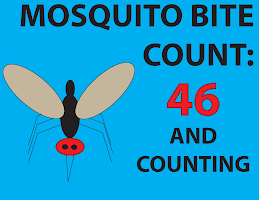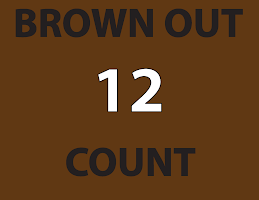I know that this may seem a bit simplistic, but I will do my best to give the different intricacies of the Bank for your viewing pleasure. Also note that I will be comparing the two operations (Grameen and NSCAP-Northern Coalition Against Poverty) in a different post.
Grameen Bank (known as Grameen from now on) was founded by Mahammud Yunus of Chittagong University in the town of Jobra, Bangladesh. It was started as a University project to help combat extreme poverty in Jobra. In the abbreviated version, Yunus found that the only thing holding poor people back in Jobra was credit. A simple concept really, a person in Jobra couldn’t afford to purchase their own sewing machine, so they would have to lease the machine for (example purposes) 10 takas (Bangledeshi currency) a week, but the person could only make 15 takas per week, yielding 5 takas as profit to the worker. Yunus’ vision was this: What if we gave the worker a 450 taka loan to purchase the machine initially and we could charge the same 10 taka per week charge as a loan payment (about an 18% interest). The only difference is, the worker will own the sewing machine at the end of the year and the second year, the 15 takas they will make per week will be all theirs.
One obstacle that must be overcome with this model is how to determine who you are going to give money to? This involved a process for Grameen.
First, you must determine if the person applying for the loan has a viable business and would benefit from the loan. Would this person invest (buy a sewing machine) the money or would they consume the loan (purchase rice for eating)?
Second, how would you determine credit? Credit is determined through the vouching of people in a group of five that validate that this worker should receive this loan. People will want to be in a group because it gives them access to a loan in the future, depending upon if the initial borrower successfully paid the loan. This also covers Grameen on one end, because people in the group will be willing to “cover” for one member for a week will they are ill because their future loan depends on it.
Third, how do expect people to keep paying the loans? Through years of research and failures, Yunus determined that people will see the effects these loans have on the livelihood of their neighbors and they will want to join. Yunus repeatedly refers to Grameen as a lending organization and not a charity. Charity is giving out items for free with no accountability for follow-through. Grameen is giving something to someone and trusting them to grow with it and become better businesspeople with it and, in turn, improve their lives. If repayment didn’t occur, then Grameen will not lend to that group of people, making it hard for the persons to not repay the loans.
Through the years, the Grameen Bank has transformed into a lending organization that primarily lends to women. This is to properly serve the caregivers of the most vulnerable and needy, children. Yunus had also found that men were more apt to “consuming” the loans and not investing them properly. Grameen lends to males, but it is limited.
Bringing the Bank to the Customer- One notion Yunus had to shake was that a Bank was a place of great structure, centralliztion and intimidation. This thought was something that could make it hard for persons to consistently come into a central office and pay loans and apply for loans. Yunus thought he could bring the bank to the people and, in turn, people would be able to visit the bank weekly and never lose sight of what they were doing. For this reason, there are Branch Offices (11 in Northern Samar alone, probably the size of Kansas City proper) and then there are Group Meeting sites (determined by the individual groups), which hold the weekly group meetings. At the group meetings, various items are reviewed, such as Grameen’s 16 decisions and other rules and regulation and Grameen’s Mission statement (both of which will be on a post to follow). The group meetings also allow the borrowers to pay their loans at a convenient location.
There is a book that I am going to read on my trip that states that the Grameen Bank is “Banking for the Poor” whereas I think of it more as “Banking with the Poor”. Yunus has great vision and his University project has grown exponentially, I invite you to learn more with the posts to follow and the links I have provided!





No comments:
Post a Comment